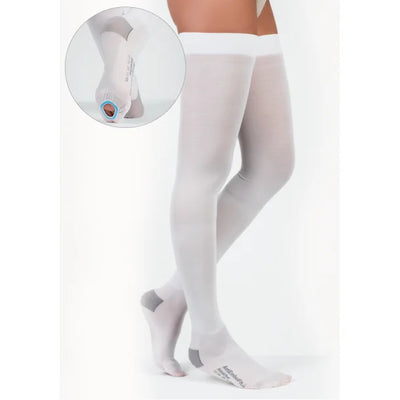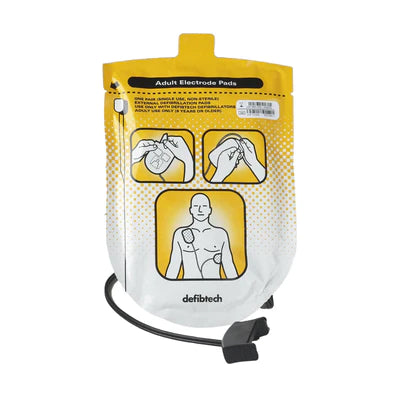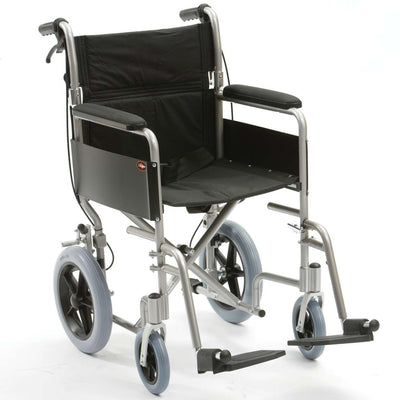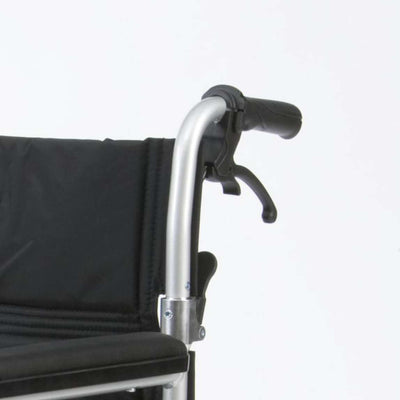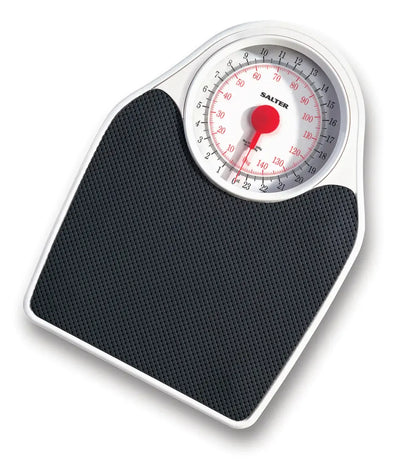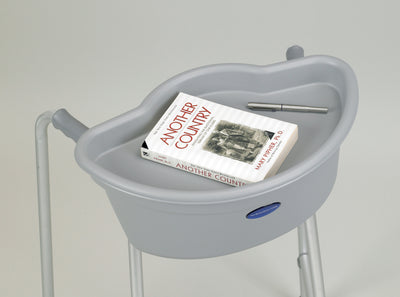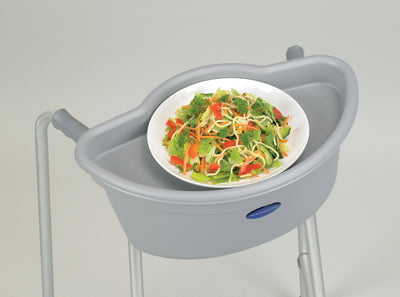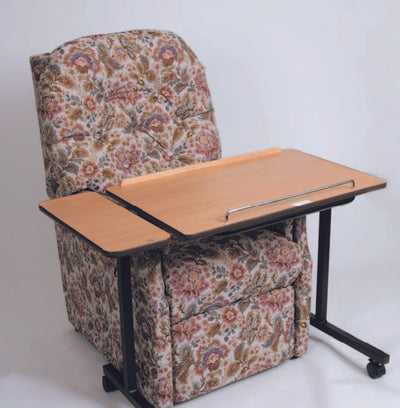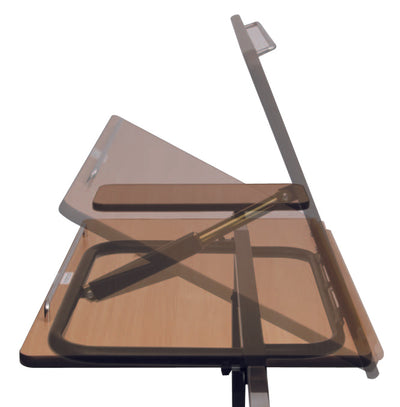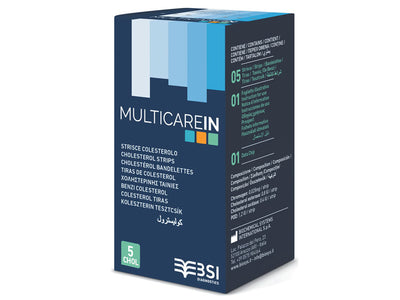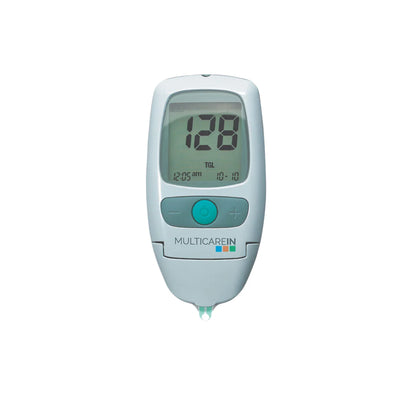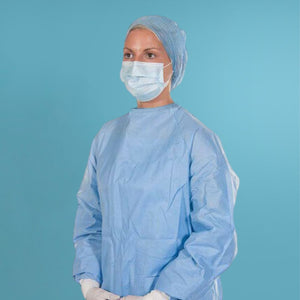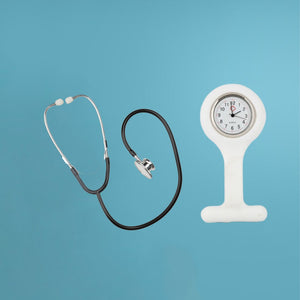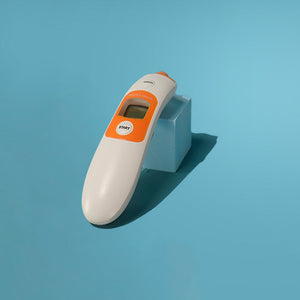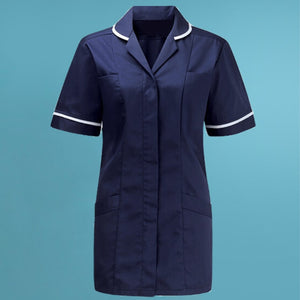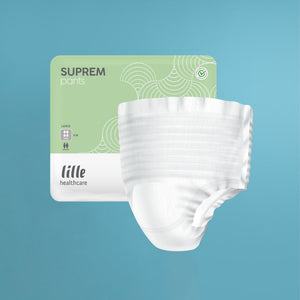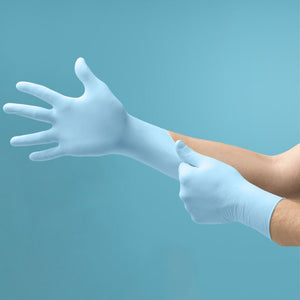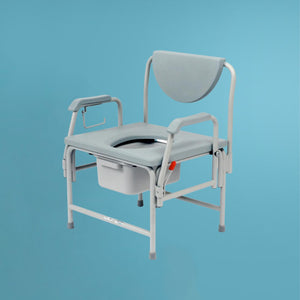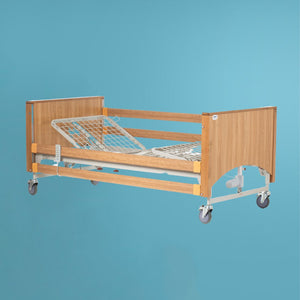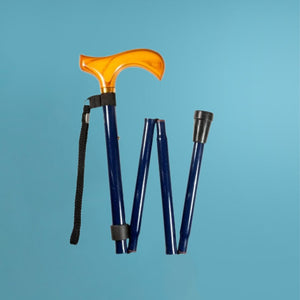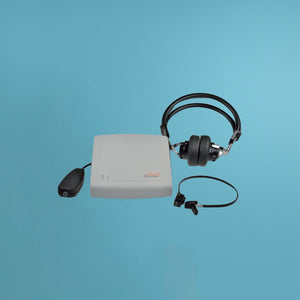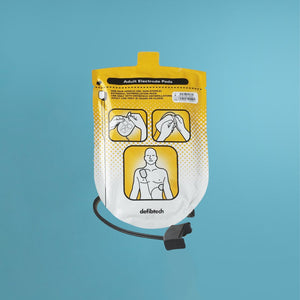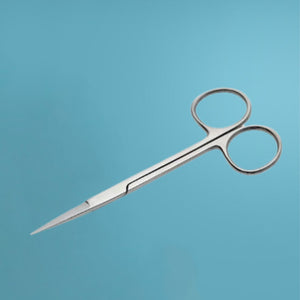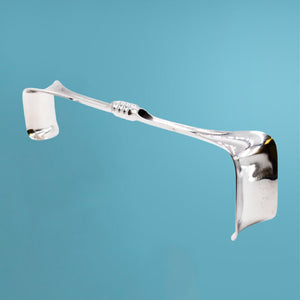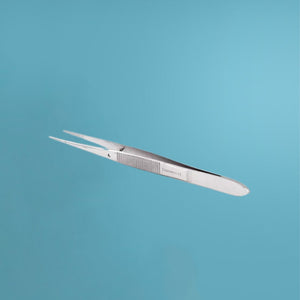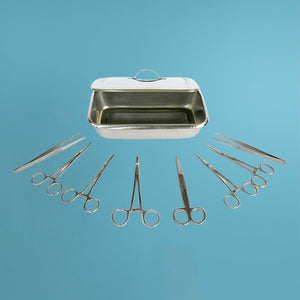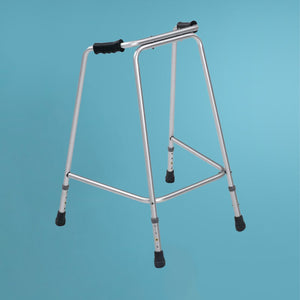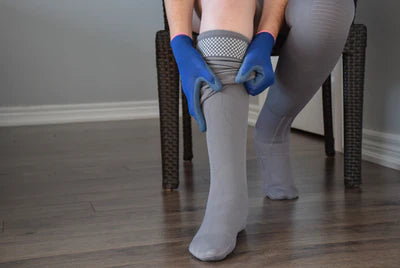Compression therapy is often associated with athletes - you might have seen runners using compression socks or even large, air compression devices to aid their recovery after a taxing event or race.
But humans have been using compression therapy to heal wounds and aches or pains caused by inflammation for centuries. And today, compression therapy is known to be a hugely effective form of treatment for a whole host of conditions.
How does it work?
Compression therapy uses controlled pressure to increase blood flow in your legs and improve blood flow to the heart. At the same time, it supports your veins and decreases swelling.
Through gentle compression, blood circulation is boosted and helps to keep lymph flowing through the body. Consistent blood flow relaxes the muscles and lymph flow drains toxins and metabolic wastes from the body. Mobility is increased, inflammation is reduced and by removing long-term sluggish blood flow the risk of developing chronic disease is greatly reduced as well.
What is it used for?
Compression socks and air compression massagers are used to effectively relieve and prevent a number of common conditions including:
- Varicose Veins
- Maintaining and relieving symptoms of Lymphedema
- Preventing leg swelling or deep being thrombosis in people who stand or sit/lie for long periods of time e.g during flights or while recovering after surgery
- Healing Leg Ulcers
- Managing Arthritic pain
- Aiding recovery after exercise
What kind of compression treatments are there?
Compression treatment can often take place at home with something as simple as a pair of compression stockings or a compression sleeve. You can even use an air compression massager at home to provide relief from symptoms and to regularly improve your body’s circulation and blood and lymph flow.
If you’re wearing compression stockings or socks to treat varicose veins you will usually put the stockings on first thing in the morning to keep the leg valves in the right position and to support healthy blood circulation in your legs throughout the day. You should usually remove them to sleep.
Similarly, if using a compression sleeve or sock for lymphedema, it’s recommended that you put it on first thing in the morning when the swelling is at a minimum. The stocking will help to drain fluid from the tissue in the affected limb throughout the day, preventing too much swelling and inflammation as the day goes on.
Arthritis sufferer can find considerable relief from using compression gloves. Compression on the hands helps to reduce swelling, increase joint mobility and manage pain throughout the day.
Compression Therapy for Athletes
If you’re currently training for a marathon, for example, you might benefit from using compression socks during your runs and, importantly, as part of your recovery programme.
Compression socks help to decrease the amount of time it takes for runners to recover because compression socks help to reduce post-run swelling and fatigue by increasing the blood flow to the muscles and joint tissues. This makes it easier for your body to get the nutrients it needs to perform to the best of its ability and recover quickly.
Similarly, if your workout has been particularly long or intense (did we mention the marathon?) your recovery will be aided even more by using air compression boots.
Air compression boots are inflatable sleeves for the legs that fill with air and squeeze your legs to increase the blood flow.
The boots pulse and use compression to essentially give your legs and feet a lovely massage, encouraging blood flow and helping you recover after your strenuous workout. Recovery is faster and will help you to get back to running quicker and more safely afterwards.
Is compression therapy always safe?
Sometimes when compression is needed to treat a health condition, compression stockings or boots are ruled out for a variety of reasons. If the following applies to you you should avoid compression therapy at home and speak to your GP to discuss your options.
Avoid compression stockings or boots if you have:
- Open sores
- A skin condition that makes skin fragile
- Cellulitis
- Lack of sensation in the area
- Peripheral arterial disease
- Severe peripheral neuropathy
Compression Therapy has been long established as a highly effective way to maintain good blood circulation, which in turn promotes great health and lower inflammation.
If you stand up all day at work, or sit at a desk for hours on end you could benefit from regular use of compression stockings to keep you pain free, prevent varicose veins, thrombosis, ulcers, pain and lack of mobility.
Similarly if you’re recovering from surgery or from a tough exercise regime, compression therapy is known to decrease the inflammation and joint pain you’ll be experiencing and get you back to your healthy self as soon as possible.
Need more help? We're always here to help so get in touch today.
For all your Medical and Homecare supplies give us a call at Mediworld.
We have over 40 years experience in medical, surgical, mobility and home health supplies and we're always on hand to chat if you need support or advice and don't forget to read our other great health blogs!
March 2023

